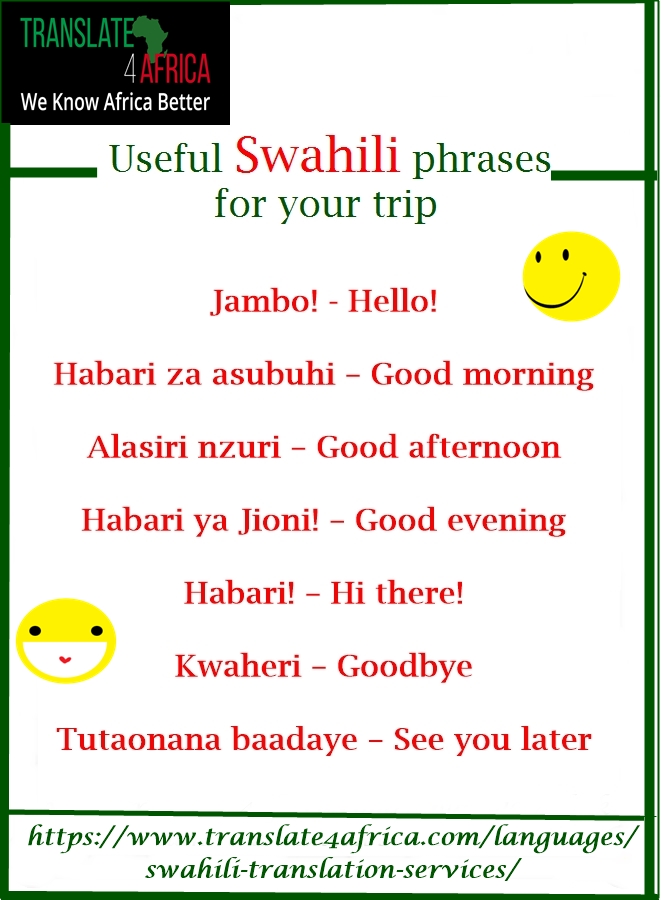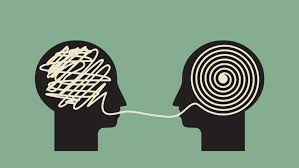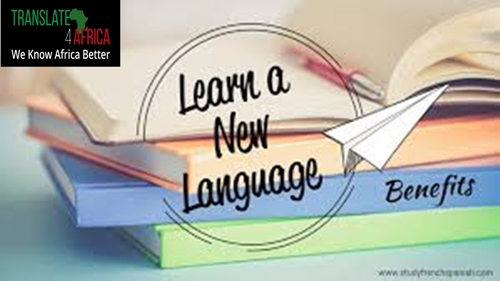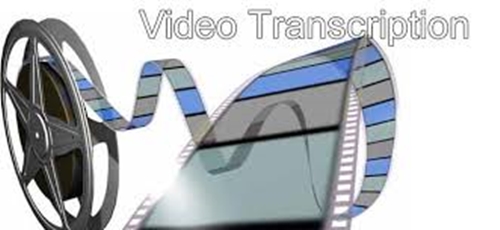In today’s world, content drives sales, marketing, user engagement, and even user experience. Most successful companies have stopped competing on features and now focus on brands, and brands are primarily driven by storytelling.
Did you know!
More than half of the purchase decisions are made before the customer even reaches out to the supplier! That is why, in the content economy, every company is a media company.
Having a translation and localization plan in place is a natural fit within an organization’s digital transformation strategy. Out of the world’s billion residents, just 20% – 1.5 billion – speak English. If you are only producing marketing and product copy in one language, you’re missing out on profitable new customer markets simply by not localizing your content.
Do you wish your potential local customers to know about you?
If you want your local customers to know about you, first you have to adapt yourself to the language they speak and the perspective they view things. Localization helps you break the linguistic and cultural boundaries, which allows your brand to blend in and then stand out. Hence, connecting to your international audiences with ease.
How important is localization of your marketing content?
Localization is no longer just an option for companies that want to go global; it is now becoming a must, a strategic plan that can help a brand survive abroad. By localizing your website, products or marketing campaigns, you are building a bridge to your target customers and making your brand more memorable in local markets/international audiences. So, here are some key benefits of content localization that are less obvious but also really important;
Market expansion
Localization helps you break the linguistic and cultural boundaries, which allows your brands to blend in and then stand out. It is true that market penetration success depends on other factors such as product, price, place and promotion; however, without the aid of localization, it is more likely that cultural conflicts will block your way before you can step into the market.
Sales growth
By communicating with your customers in their own language and creating mutual understanding, you are building trust and commitment with them. That will make them more comfortable when dealing with you and making a purchase. Research shows that 57% of customers said that to obtain information in their own language is more important than price. Therefore, with localization, you are to set a pace for your competitors.
Customer satisfaction
Localization is not just about translation. It is about thoughtfully refining and adapting the content to suit local culture. Without a careful localization plan, your million-dollar campaign can be turned into something hilarious or even offensive to the local customers. The unwanted effects of a localization fail can cause intensive damages to your brand image. Localization will help you avoid those damages and create appealing user experience for your diversified target customers. It is a way to show your customers that you care about them and truly understand what they need. Therefore, your overall customer conversion will increase significantly.
Risk Reduction
In some countries, certain colors or expression can bear the meaning of bad luck or insult. There are certain risks from cultural conflicts when you go global. Your localization agency can help you stay away from those possible blunders.
Localization acts as a precaution for you to ensure that your business runs smoothly in other country. The investment in localization will benefit you in both short-term and long-term. It would be a big loss if you have to spend money and time to fix the screw-ups caused by the lack of proper localization. That is why the importance of localization cannot be denied.
In conclusion
Remember, at the end of the day, people won’t buy a product if they can’t understand what they’re buying. Seems obvious, right? Investing in localized experiences is a proven way to drive your organization’s global growth. Create content that connects international audiences to your product or services.














